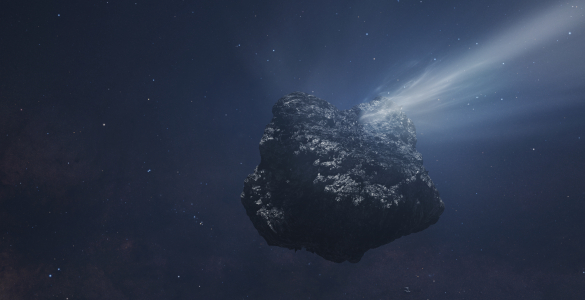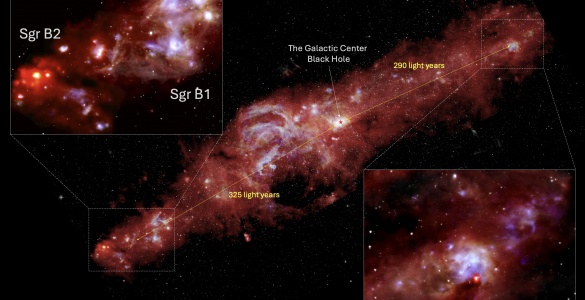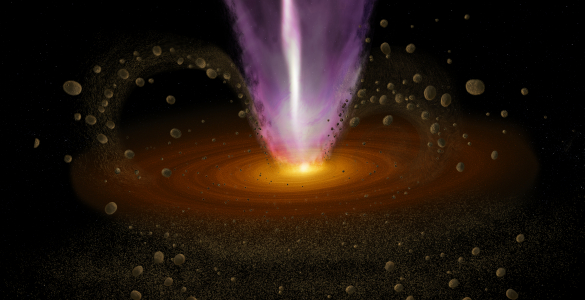Latest NRAO News
News is managed by NRAO News & Public Information. Questions about News? Have a story to share? Want to interview a scientist or create new media about our telescopes?

The U.S. National Science Foundation National Radio Astronomy Observatory (NSF NRAO) has received funding to expand its study of…

A team of astronomers has made a groundbreaking discovery by detecting molecular activity in comet C/2014 UN271 (Bernardinelli-Bernstein)—the largest…

New research led by Dr. James De Buizer at the SETI Institute and Dr. Wanggi Lim at IPAC at Caltech revealed surprising results about the rate at which high-mass stars form in the galactic center of the Milky Way.

An international team of astronomers has unveiled groundbreaking findings about the disks of gas and dust surrounding nearby young…

The Atacama Large Millimeter/submillimeter Array (ALMA) has uncovered a key piece of the puzzle in how rocky planets, such…

Astronomers used Chandra and the U.S. National Science Foundation Karl G. Jansky Very Large Array (NSF VLA) to study this black hole and its jet at a period they call “cosmic noon,” which occurred about three billion years after the universe began.





